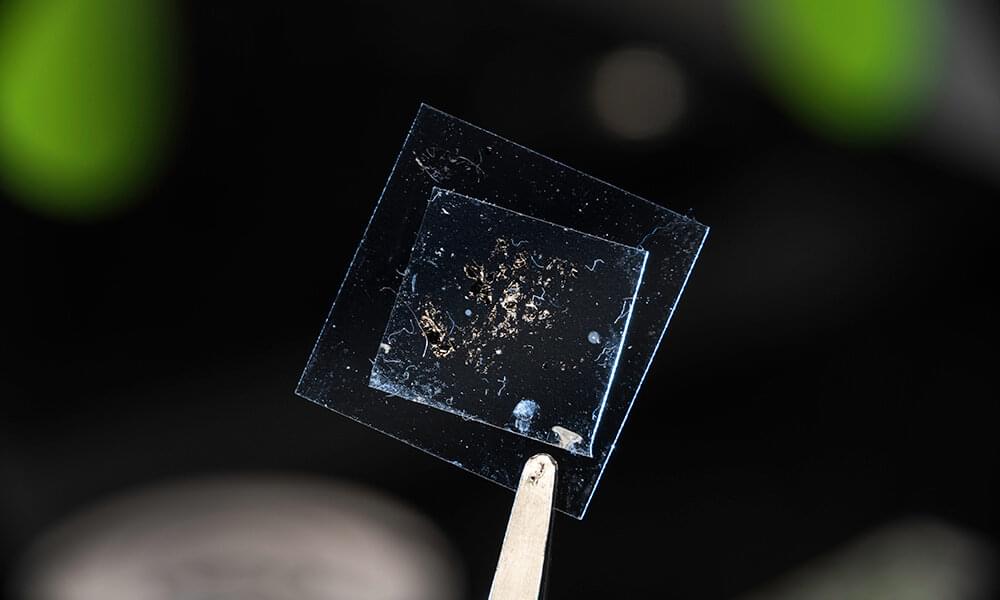One of the most tedious, daunting tasks for undergraduate assistants in university research labs involves looking hours on end through a microscope at samples of material, trying to find monolayers.
These two-dimensional materials —less than 1/100,000th the width of a human hair—are highly sought for use in electronics, photonics, and optoelectronic devices because of their unique properties.
“Research labs hire armies of undergraduates to do nothing but look for monolayers,” says Jaime Cardenas, an assistant professor of optics at the University of Rochester. “It’s very tedious, and if you get tired, you might miss some of the monolayers or you might start making misidentifications.”










Comments are closed.